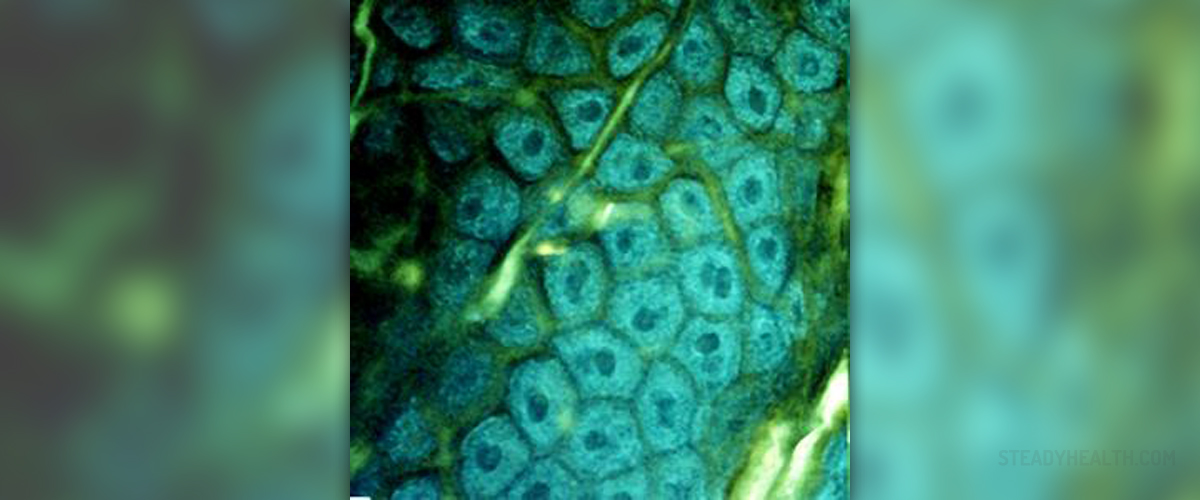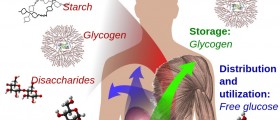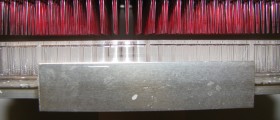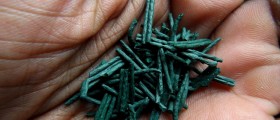
Cells
Cells are the basic building and structural units of all living beings, with the exception of viruses and some other things such as prions that slightly (or seriously) defy the definition of life. Each cell in a multi-cellular organism, such as human, has its specific function. In example, some cells in glands produce hormones, molecules that are used as a signal for some other part of the body to do something, while nervous cells relay or process or store information, so that we have awareness, memories and intelligence. Muscle cells are able to change their length quickly, which enables us to move various body parts by use of muscles and so on.
Where energy comes from
Energy for our bodies is stored in chemical compounds. When these are broken through a chemical reaction, energy is released. This is a process that occurs within the cells. Released energy is used by the cell for the required purpose, such as reparation of its structures, multiplication, or designated function.
This energy comes from the sun, in form of electromagnetic radiation (we too can feel some of that radiation directly - as warmth and as visible light). Only plants can use sun's energy directly, and can store it for later use. this is done by chemical reactions which require energy (in this case, provided directly by the sun and not by an energy-bearing chemical compound) and whose net result is a chemical compound which is abundant with energy, which can later be released when the compound is broken. All other organisms, from microorganisms to blue whales, use energy stored by the plants, directly (if feeding on plants) or indirectly (if feeding on other animals).
Cell metabolism
As we mentioned, every cell in the organism has its designated role. It must both fill it and maintain itself, repairing the damage it suffers through its life cycle and replacing worn components. Cells of multi-cellular organisms are complex - they are an organism in small, as they contain organelles - cellular substructures that somewhat resemble organs of an organism, as they have specific individual functions within the cell. All these need the energy to do what they are supposed to, either by moving or by creating more complex molecules and structures out of simple ones (in example, when making our own energy-carrying compounds or while building a protein molecule that is to be used in that same cell or somewhere else in the organism). This circulation of energy in the cell is known as cell metabolism. It involves regulation by the nervous system and enzymes, or by expression of the certain part of the DNA.
Energy within our bodies that is ready for intracellular use is stored in a molecule known as adenosine triphosphate or ATP. Creation of ATP is a complex process which involves energy and substance from food and some compounds already present in the organism and oxygen from the air, and some energy. When broken, ATP releases this stored energy. Among others, what is left after an ATP molecule is spent, is carbon-dioxide and water. Excess of these is removed through lungs and by sweating and urine.

















Your thoughts on this
Loading...